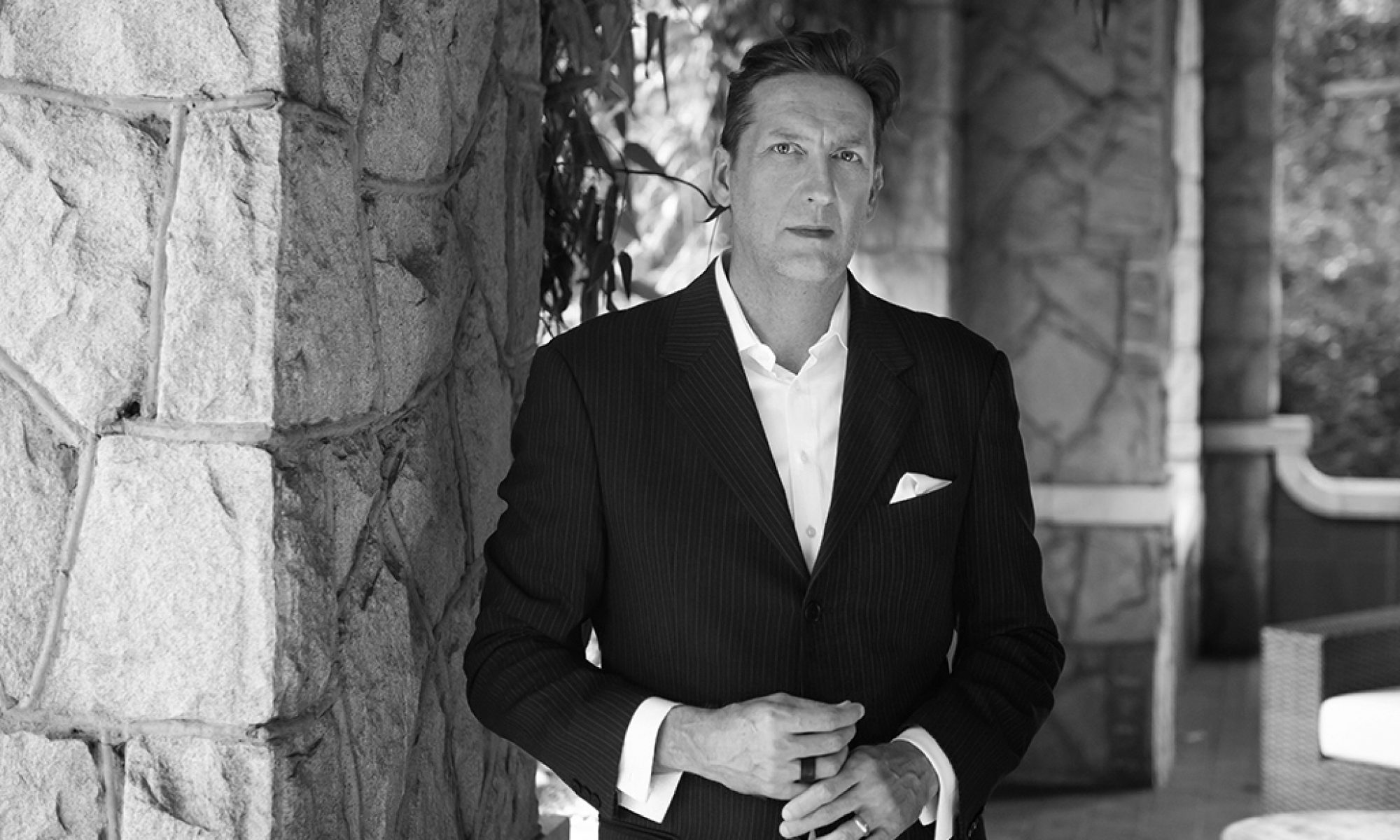How far removed are we from understanding our society? Sure, it’s easy to demonize labor unions, but what have they actually accomplished?
Perhaps the first nation-wide labor movement in the United States started in 1864, when workers began to agitate for an eight-hour day. This was, in their understanding, a natural outgrowth of the abolition of slavery; a limited work day allowed workers to spend more time with their families, to pursue education, and to enjoy leisure time. In other words, a shorter work day meant freedom. It was not for nothing that in 1866, workers celebrated the Fourth of July by singing “John Brown’s Body” with new lyrics demanding an eight-hour day. Agitating for shorter hours became a broad-based mass movement, and skilled and unskilled workers organized together. The movement would allow no racial, national or even religious divisions. Workers built specific organizations—Eight Hour Leagues—but they also used that momentum to establish new unions and strengthen old ones. That year, the Eight Hour Movement gained its first legislative victory when Illinois passed a law limiting work hours.
The demand for an eight-hour day was about leisure, self-improvement and freedom, but it was also about power. When Eight Hour Leagues agitated for legislation requiring short hours, they were demanding what had never before happened: that the government regulate industry for the advantage of workers. And when workers sought to enforce the eight-hour day without the government—through declaring for themselves, through their unions, under what conditions they would work—they sought something still more radical: control over their own workplaces. It is telling that employers would often counter a demand for shorter hours with an offer of a wage increase. Wage increases could be given (and taken away) by employers without giving up their power; agreeing to shorter hours was, employers knew, the beginning of losing their arbitrary power over their workers.
And that’s not merely a worker’s point of view.
via.


 The government of France is thinking post-nuclear energy and developing
The government of France is thinking post-nuclear energy and developing